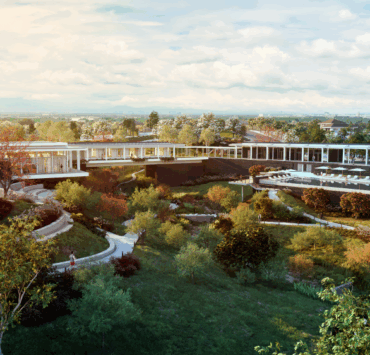The many benefits of climate-smart spaces
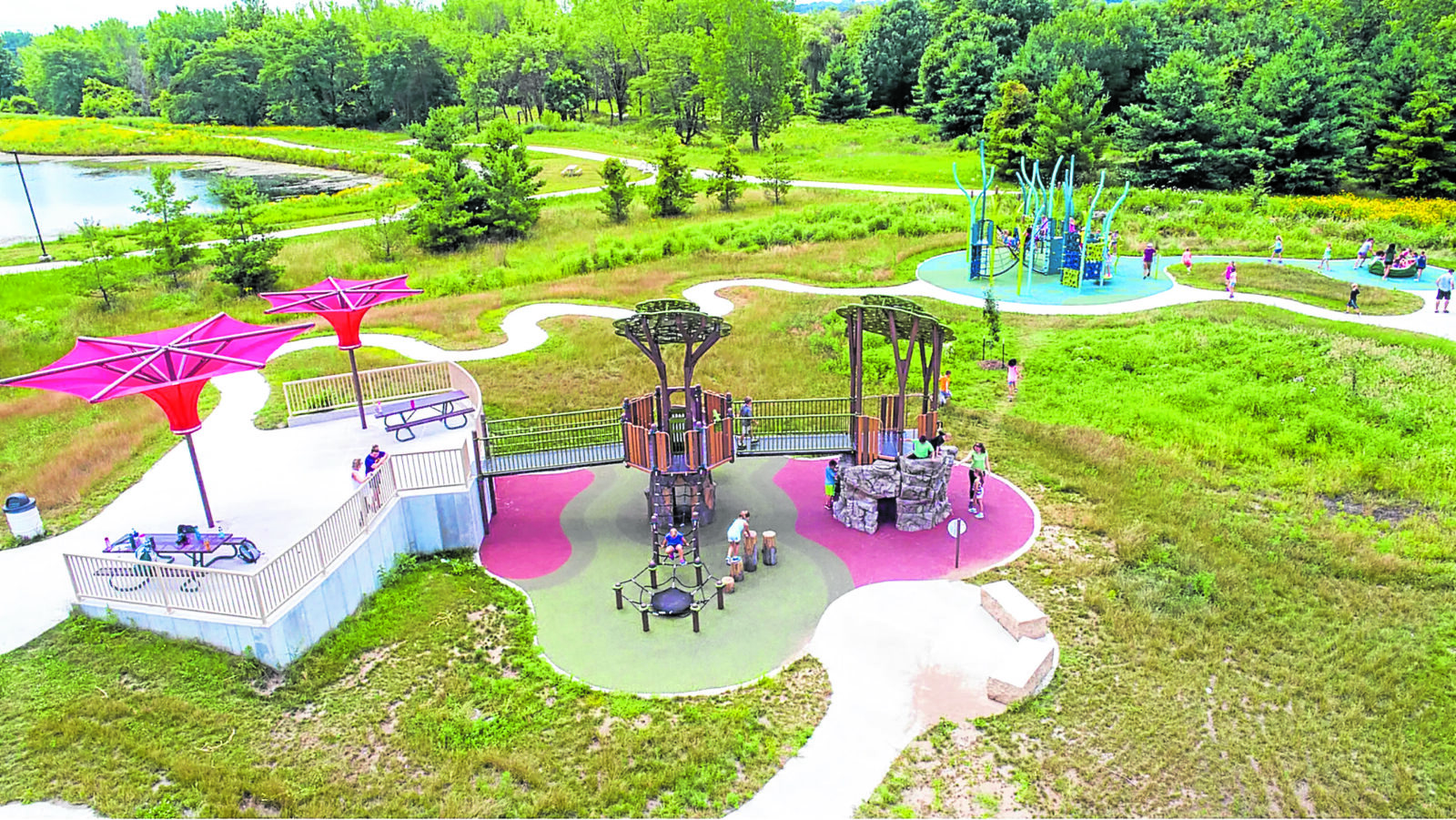
Many of our towns and cities sit on floodplains, which expose them to the risks of flooding every rainy season.
This situation is expected to worsen, with climate change causing more frequent typhoons and greater volumes of rainfall. The question is: What can be done to mitigate these risks?
Climate-smart spaces
An increasingly popular response is the adoption of climate-smart spaces—places that serve as storage areas while doubling as parks or playgrounds.
As multifunctional spaces, these areas serve two critical functions: mitigating flood risks, and providing much needed green open spaces which are severely lacking in many of our rapidly urbanizing towns and cities.
Such spaces can feature playground equipment like swings, slides, a basketball court, an athletic field and, underneath it all, a below-ground tank capable of holding large volumes of floodwater that would otherwise spill onto the streets, homes and businesses.
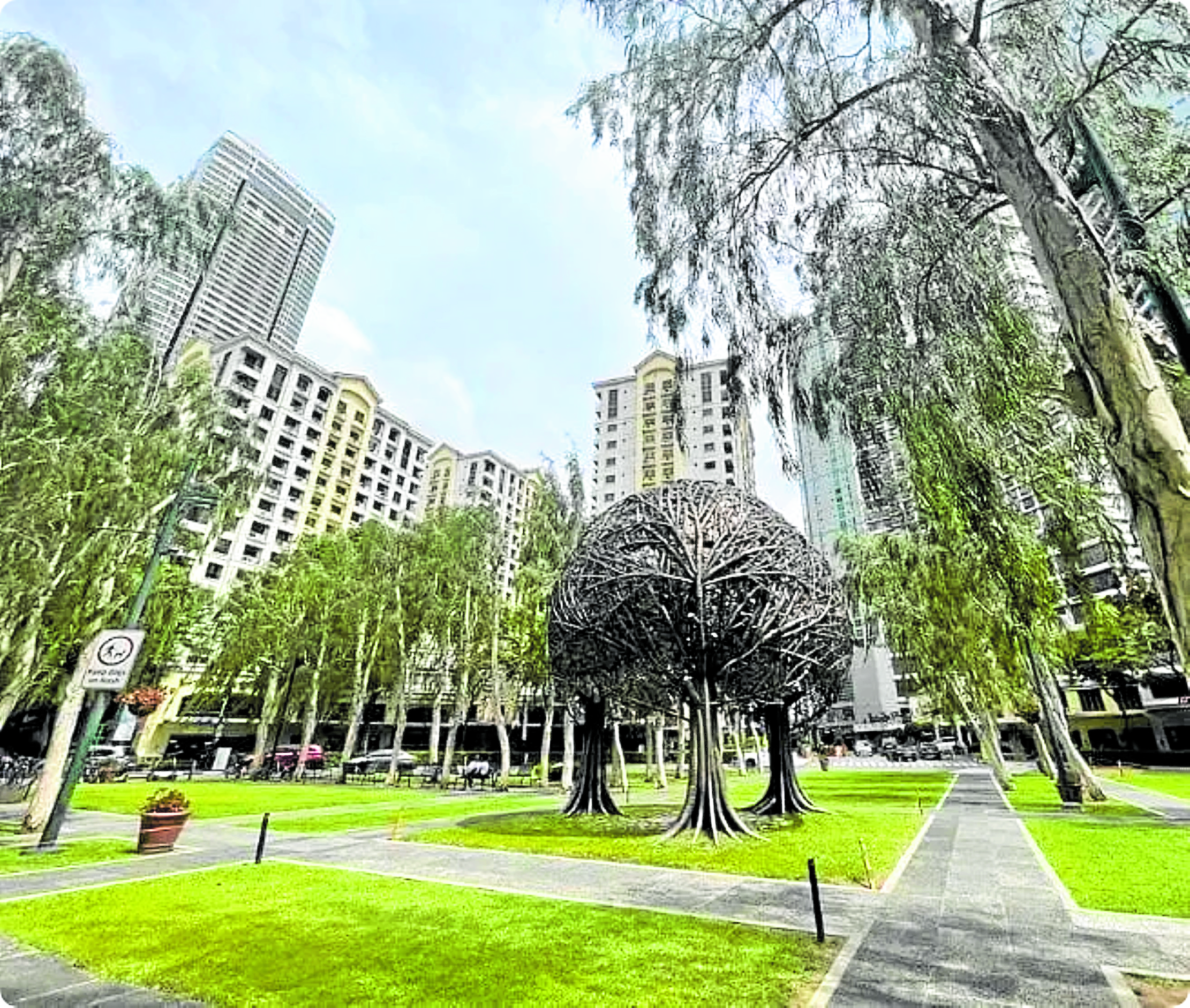
A growing movement
The building of climate-smart playgrounds is part of a growing movement among towns, cities and environmental advocacy groups worldwide.
In many countries, such parks are an integral part of infrastructure projects planned for cities. In some cases, these parks feature deep-rooted trees and rain gardens to help slow down stormwater runoff by allowing it to soak into the ground.
Some of these spaces, such as the Bonifacio Circle in Bonifacio Global City, utilize an underground tank. Others use artificial turf and openings on a basketball court to store excess stormwater. There are also those that increase resilience with newly planted trees that absorb carbon dioxide and airborne pollutants.
These trees, when they mature, also provide shade cover that reduces the heat island effect of urban areas—a problem intensified by the traditional black asphalt playgrounds common in many areas.
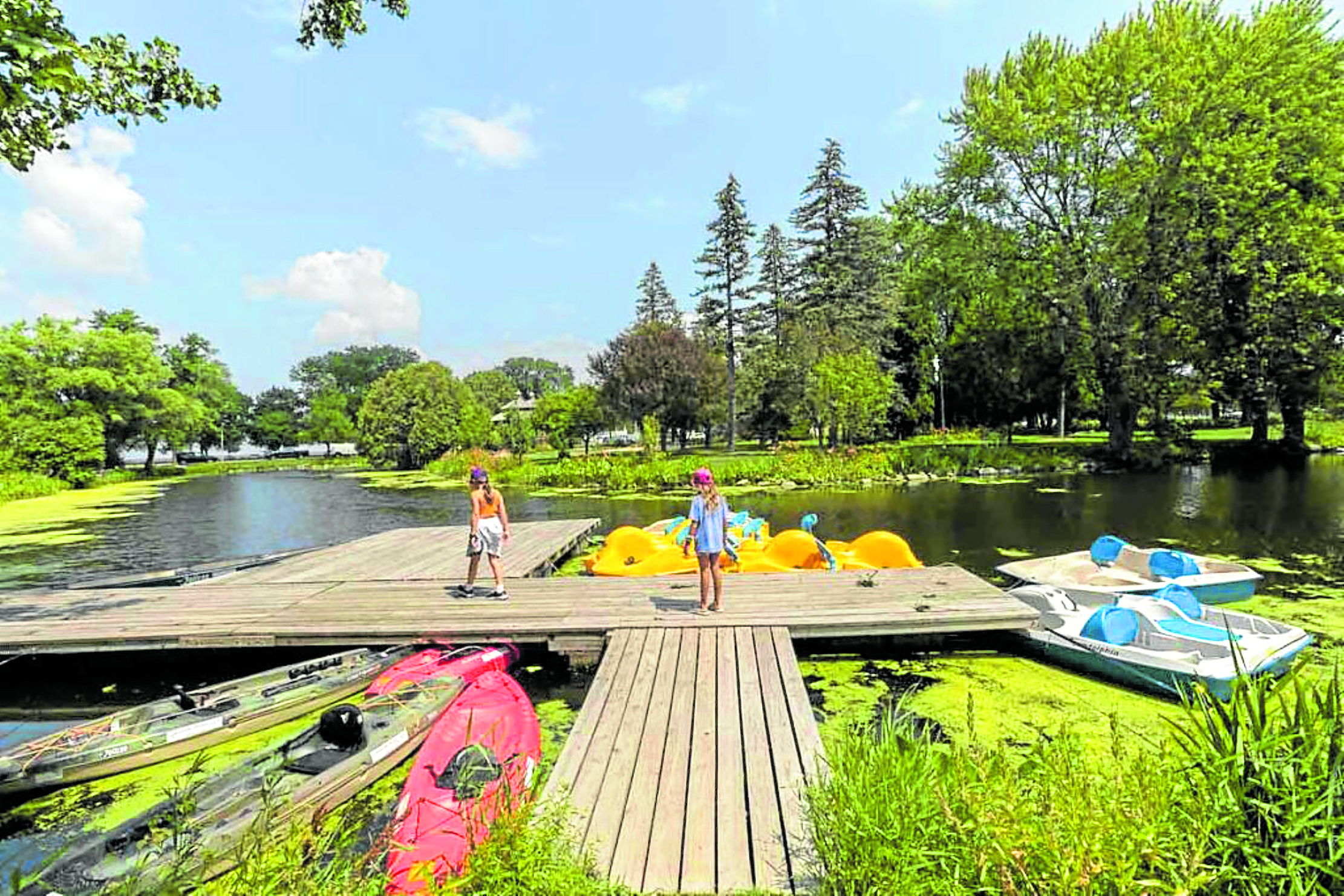
Multifunctional infrastructure
Environmental planners say these new spaces reflect an emphasis by many towns and cities on building multifunctional infrastructure with the climate crisis in mind.
Such spaces—that serve, for example, as a playground, a place to store and treat stormwater, and a cooling center during extreme heat events—can also be a learning opportunity for people to engage with and gain knowledge on these topics.
While this kind of versatility is not new to urban planners, it can take on a different flavor depending on geography when it comes to dealing with climate breakdown. It depends on the various ways that climate change and its effects—extreme temperatures, floods, storm surges—play out in different locales. Every geography is going to have different stressors, and the amount of stormwater that needs to be stored will be different.
The key element common to most of these spaces is the goal of improving the community while addressing flood risk. This is particularly relevant to our flood-prone towns and cities which severely lack parks and playgrounds.
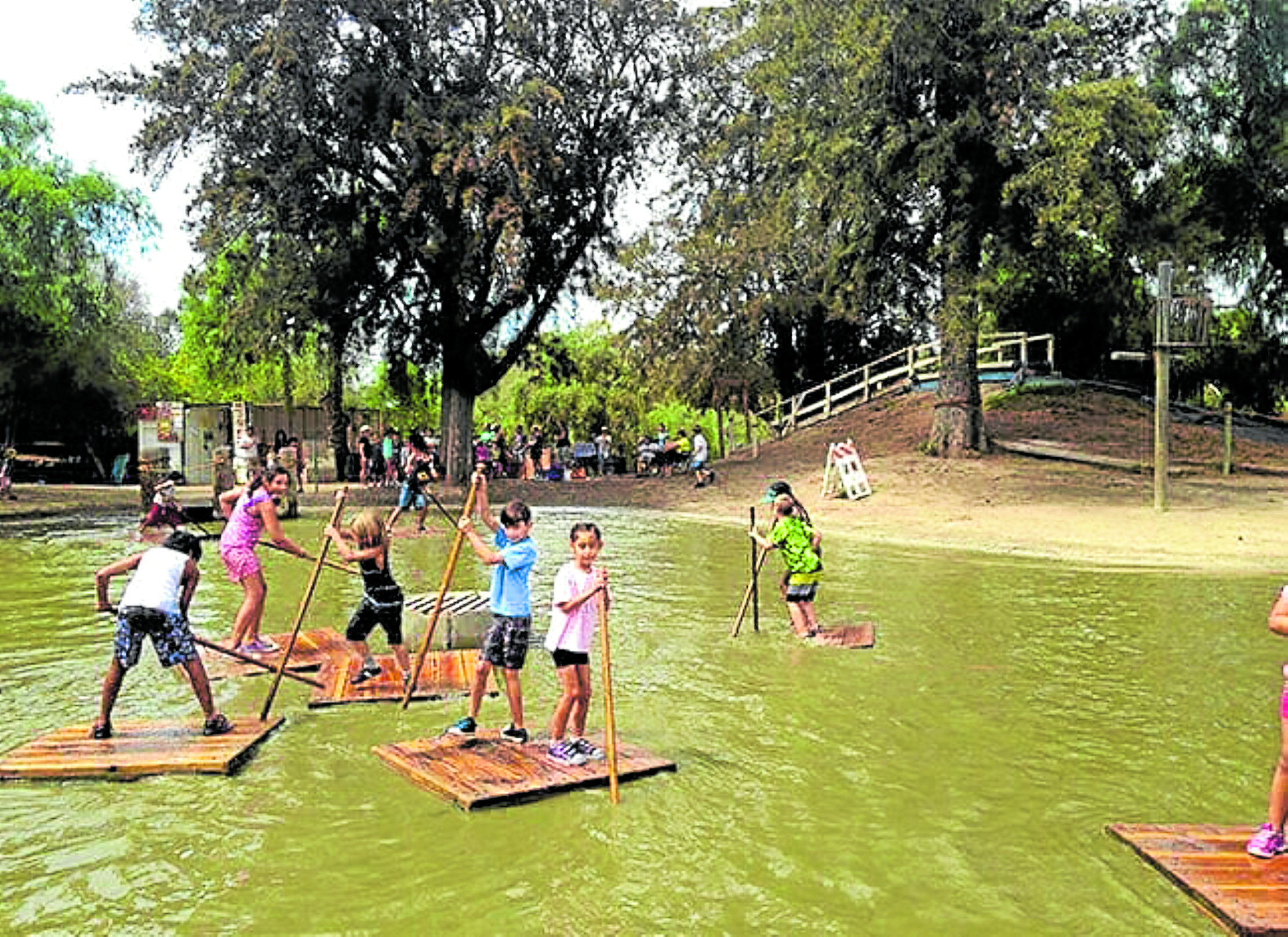
Positive benefits
Playgrounds are important for children’s health. Preparing outdoor playgrounds for climate disasters not only creates resilience for the community, but also generates many positive health benefits for children. When children interact with different ecosystems and natural elements in a climate-smart space, it helps their mental and physical development.
Traditional playgrounds tend to have unnatural materials, while in a climate-smart park, there is a chance children would find an interesting insect. This discovery sparks a higher degree of curiosity among children and leads them to learn more about nature.
The more we get exposed to nature, the more we foster love for nature and of being outdoors. If we increase the amount of nature-based and climate-smart play environments that both cater to more ecosystem services and to increased climate resilience, the more children will want to go to nature.
This can help in making children ready for what lies ahead and inspire in them a more climate-adaptive behavior.
The author is a fellow emeritus of the Philippine Institute of Environmental Planners (PIEP) and the principal urban planner of CONCEP Inc.
The author (nveinsiedel@gmail.com) is a Fellow and Past President of the Philippine Institute of Environmental Planners and Principal Urban Planner of CONCEP Inc.














